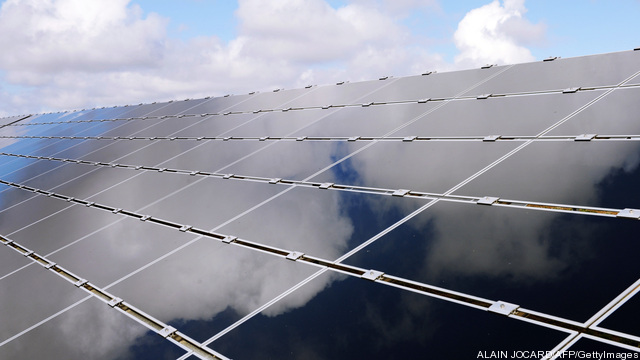
The 2012 presidential election was truly part of its time not only in the issues it addressed but in the way it was run and analyzed. Large data sets were gathered and poured over and drove not only the campaigns but the streams of analysis that surrounded their outcomes.
Voting data still emerging from the election shows a number of interesting trends, some expected and others surprising. For energy sector observers tracking the public reaction to one of the election’s most pivotal issues, surprises have continued to roll in, reflecting the evolving fortunes and the shifting geographical focus of the energy sector in the US since 2008. Keep reading →

 A hole and a section of pipe remain in a neighborhood that was devastasted by a gas line explosion in September of last year on May 19, 2011 in San Bruno, California. Transportation Secretary Ray LaHood and U.S. Rep. Jackie Speier toured the San Bruno gas explosion site and a construction site where gas lines are being replaced.
A hole and a section of pipe remain in a neighborhood that was devastasted by a gas line explosion in September of last year on May 19, 2011 in San Bruno, California. Transportation Secretary Ray LaHood and U.S. Rep. Jackie Speier toured the San Bruno gas explosion site and a construction site where gas lines are being replaced.






